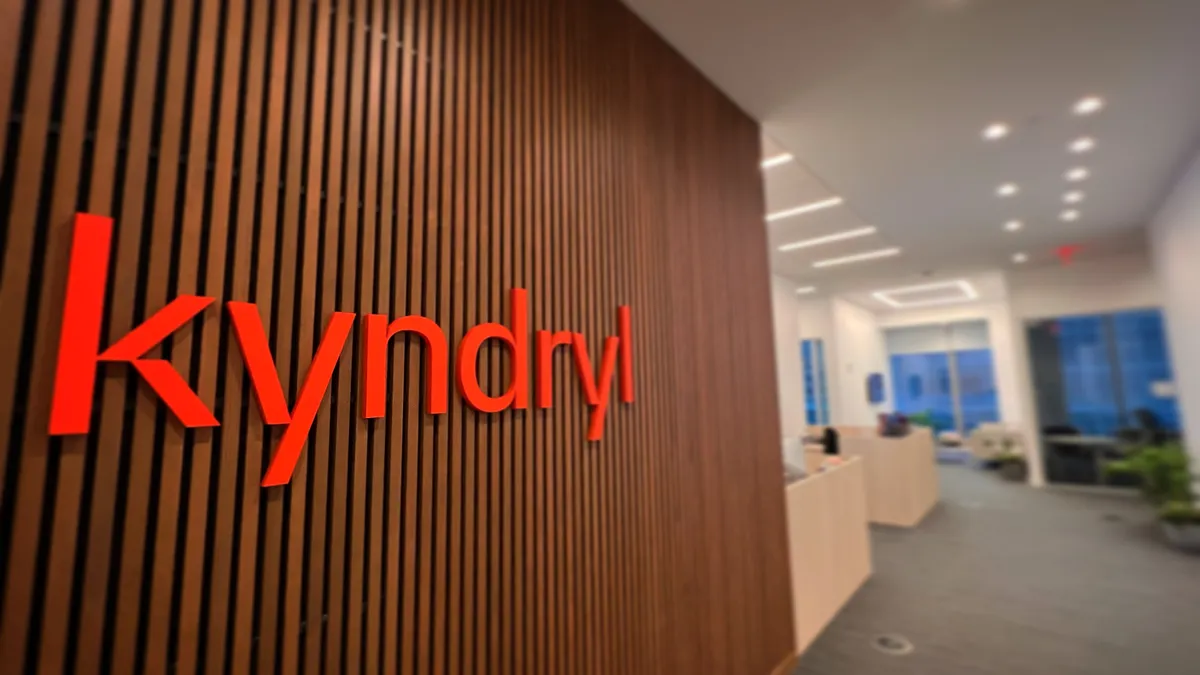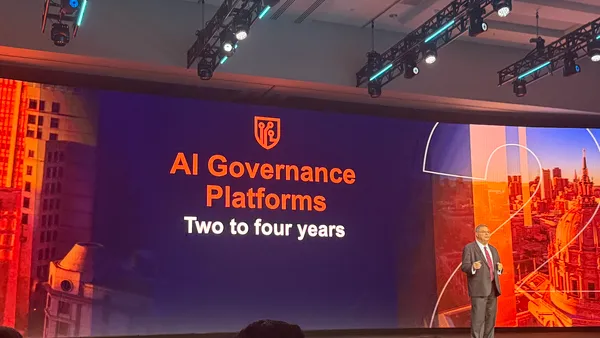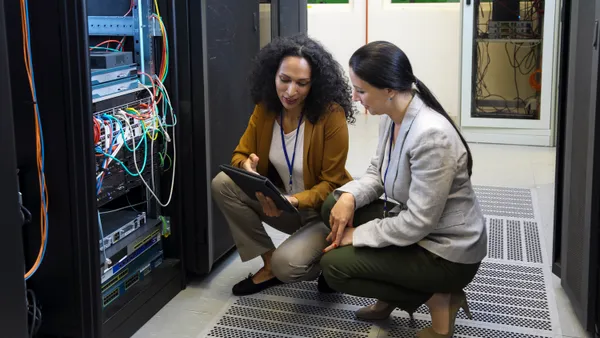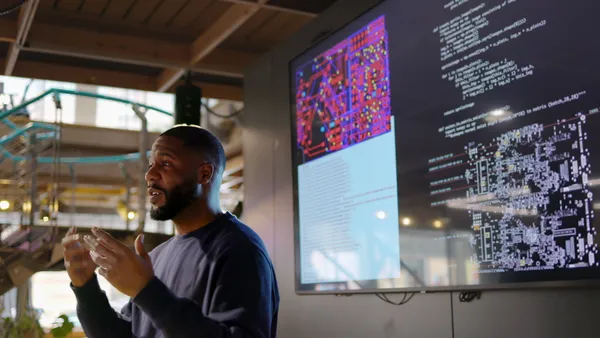The IT world closed the chapter on a year of contracted spend at the end of 2020 with global tech investments rounding out the year dipping 3.2%, according to Gartner.
In the new year, with the shock of the pandemic already internalized in the business world and the rollout of the COVID-19 vaccine underway, IT spend is getting back into a projected growth trajectory. Worldwide IT spending is projected to reach $3.9 trillion in 2021, up 6.2% from the previous year, according to Gartner.
The enterprise's effort to support and expand on its remote work capabilities fuels the continued growth in the IT spend realm. CIOs are focused on the technologies that can lower costs, improve efficiency and retain talent as some form of remote work is expected to persist this year.
Though most companies are underachieving against their revenue goals, they are expected to "overperform in their IT," said John-David Lovelock, distinguished research VP at Gartner. "They have to industrialize and expand their remote work. They have to move more quickly towards digital business and complete those projects that are underway," said Lovelock.
To enable remote work operations, global IT spending related to remote work will reach $332.9 billion in 2021, up 4.9% from 2020, Gartner projects. The firm includes categories like communication services, devices, infrastructure software and security software within the remote work IT spend projection.
The shift in spending in the year ahead focuses on going from the systems that allowed companies to sustain operations — such as videoconferencing — to the tools and capabilities needed to perform innovative work, according to Lovelock.
The question for technologies underpinning remote work in 2021 is no longer about whether operations can be sustained, but whether or not workers can be innovative and productive from anywhere, said Lovelock. In that adjustment, core technology platforms must adapt to enable the new work model.
Systems such as the enterprise resource planning, supply chain and customer relationship management systems are critical and must adapt. "They worked well in-house," said Lovelock. "They're not necessarily working so well with remote work."
When the workplace went digital, so did the demands of the customer base. IT for business continuity now gives way to workers seeking higher quality and capabilities from the tools that support their day-to-day.
CIOs enabling remote work technology in the year ahead are trying to deliver a consumer-like technology experience to their end users, said Mike Gaumond, SVP and general manager, connected workforce at Insight.
"The world we live in as consumers has set the bar for what our expectations are," said Gaumond. From a corporate standpoint, businesses push CIOs to enable consumer-like experiences in the workplace due to shorter waiting times and lower administrative costs. But there's another advantage from a talent standpoint.
"Millennials and the generations behind them are now proliferating in the workforce," said Gaumond. "They bring this set of expectations for the kinds of tools and technology they should have available for them to perform their job. If you don't provide this, somebody else will."











